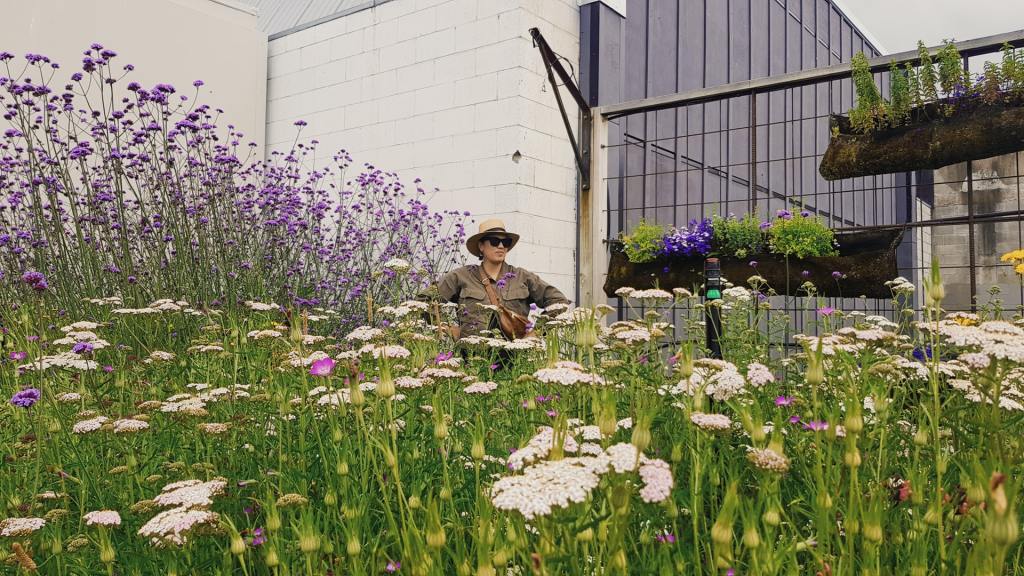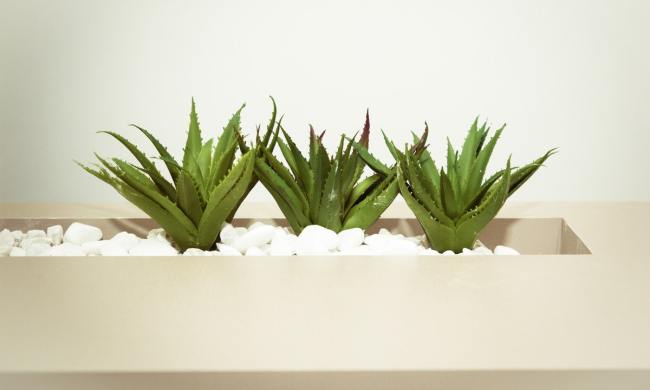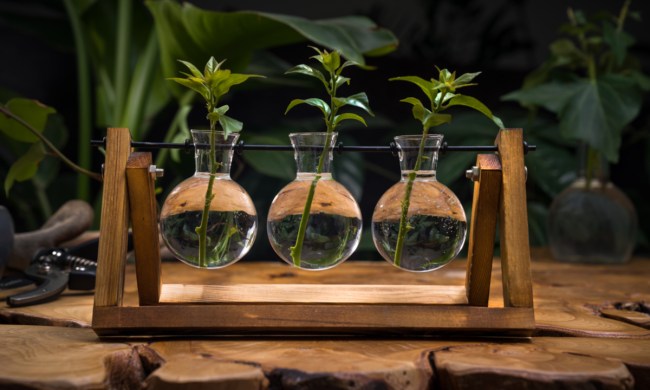Finding new and exciting ways to garden can be a great way to re-inspire you if you’re getting bored with your same old gardening habits. What better way to learn about history while creating something beautiful like planting a time capsule garden? Get the whole family involved and jump back in time!

What is time capsule gardening?
Time capsule gardening is a gardening style modeled after the garden styles of the past. While people often choose garden techniques from the 1700s or 1800s, there are many other gardening trends that can teach you about how the people of that era lived and add a new and exciting element to your existing garden.
It’s important to remember that you don’t have to completely remodel your home garden to incorporate ideas and routines from the past. Even just a small herb garden around the front porch or a 1920s inspired fish pond can be enough to rejuvenate your green thumb and inspire you to spend more time in the garden.
How to plant a time capsule garden
An essential part of planting a time capsule garden is researching your chosen era’s popular garden trends. Collect ideas on a Pinterest board or in a notebook. You don’t have to use all the ideas you’ve written down, but this will give you a place to start as you turn to designing and planning this new area of your garden. Let’s go over some of the most popular eras that are used in time capsule gardens.
A 1700s to 1800s garden style
During the 1700s and 1800s, edible plants and medicinal herbs were planted near doors and porches for easy access. It wasn’t as popular to have ornamental gardens at this time, and gardens had the more purposeful job of feeding and producing medicine for those living on and around the homestead.
To implement these styles, try designing a section of the landscape around your front door or back porch with herbs you can use in the kitchen. These could be herbs like basil, dill, cilantro, lemon balm, or even plants used in teas like mint. Flowering plants such as chamomile can be dried and made into tea as well. These can even be grown in containers if there isn’t space for a garden in more urban areas.
By the mid-1800s, decorative plants slowly became more popular as farms and homesteads became more permanent. Plants such as lilac, snowball, snowberry bushes, and heather were often used in more ornamental sections of the garden.
Roaring 20s garden styles
Similar to their desire for unique clothing and music, the roaring 20s were also looking for new and fun ways to garden. To bring diversity and contemporary elements to a garden, it became popular to attract birds to the garden. To do this, they planted irises, foxgloves, marigolds, phlox, asters, and berried shrubs. In addition to these, they also added fish ponds and rock gardens to their repertoire, which brought depth and interest to backyards across the United States.
Implement some of these ideas by creating a bird haven with a bird bath and some berry bushes. You could also create a small fish pond to bring a water element to your backyard for a soothing sound and visual while relaxing or hosting parties.
1940s garden styles
During World War II, Americans planted victory gardens to aid in the struggle of food shortages. Instead of relying wholly on their local groceries to provide them with food, Americans took it upon themselves to feed their families and neighbors with food grown in their own backyard. Even the First Lady, Eleanor Roosevelt, planted a Victory Garden on the White House front lawn.
Build a small raised garden bed in the backyard and grow produce such as tomatoes, cucumbers, or squash to bring a little bit of homegrown food to your dinner table. This is an excellent way to bring kids into it and get them involved with gardening in a very tangible and fun way.

Garden styles in the 1970s
Like most things during the 1970s, home gardens took on a more relaxed and natural look. People let plants grow where they wanted and invited more native plants back into the garden without the strict lines that are popular in English-style gardens.
Do some research on native plants in your area and try planting a more organic-looking garden with pollinator-friendly blooms such as milkweed, viburnum trilobum, coneflower, lobelia, white sage, wintergreen, and iris setosa.
Prehistoric style gardens
Prehistoric gardens are entertaining for kids. While there weren’t backyards in prehistoric times, it can still be fun to grow plants that are considered primitive. Ferns, mosses, ginkgo trees, asparagus ferns, gunnera, junipers, horsetails, cycads, and sago palms can create an exciting dino-inspired backyard. Add some fun statues or dino-inspired toys and create a space where kids can play while still learning about plants and history.
No matter which of these styles you choose, there’s fun to be had and fascinating facts to learn. Remember to have just as much fun researching these exciting, historical times as you do planting and caring for these beautiful plants.


